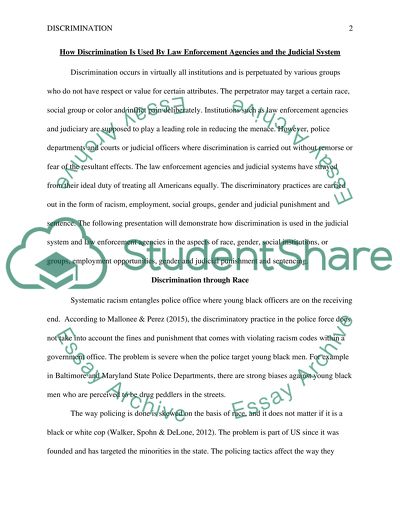Cite this document
(“Law Enforcement Agencies and the Judicial System Research Paper”, n.d.)
Retrieved from https://studentshare.org/law/1696576-how-discrimination-is-used-by-law-enforcement-agencies-and-the-judicial-system
Retrieved from https://studentshare.org/law/1696576-how-discrimination-is-used-by-law-enforcement-agencies-and-the-judicial-system
(Law Enforcement Agencies and the Judicial System Research Paper)
https://studentshare.org/law/1696576-how-discrimination-is-used-by-law-enforcement-agencies-and-the-judicial-system.
https://studentshare.org/law/1696576-how-discrimination-is-used-by-law-enforcement-agencies-and-the-judicial-system.
“Law Enforcement Agencies and the Judicial System Research Paper”, n.d. https://studentshare.org/law/1696576-how-discrimination-is-used-by-law-enforcement-agencies-and-the-judicial-system.


